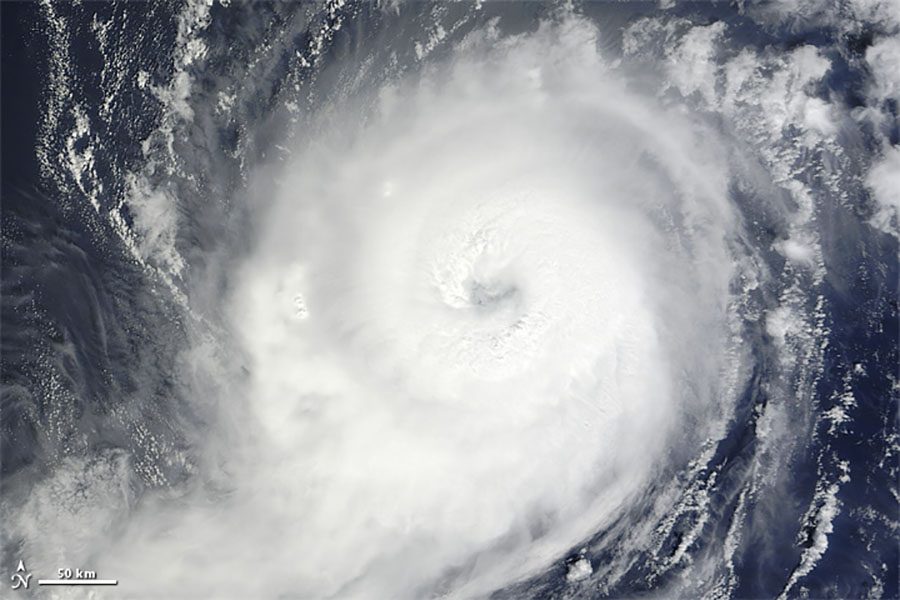Hurricane Michael and it’s Impact
December 4, 2018
With dangerously fast wind speeds of 155 mph and a death toll of over 20 people, according to USA Today, Hurricane Michael was the most ferocious storm to hit Florida in a century.
Hurricane Michael was the first category 4 storm which hit the Florida panhandle back in October, occuring only about a month after Hurricane Florence hit North and South Carolina. Along with Florida, Hurricane Michael also affected Delaware, Maryland, Georgia, North Carolina, and Virginia.
The temperature of the Gulf of Mexico rose, and because warm waters are the main catalyst for hurricanes, it greatly increased the intensity of Hurricane Michael. According to National Geographic, scientific studies are connecting climate change to hurricanes. Warmer temperatures carry more moisture, resulting in more intense hurricanes and rainfall.
A victim of the storm, Wayne Granade, told ABC News Network, “Everybody thinks it ain’t gonna happen to you. But it happened to us.”
The aftermath of the hurricane was devastating, not only to the people, but to the land itself and environment. It left popular tourist destinations like Panama City and Mexico Beach unrecognizable. Thousands of buildings and homes were stripped of their roofs and sidings, trees and power lines were knocked down, and flood water heights reached 14 feet.
The hurricane also greatly impacted the bee population, with about 50,000 colonies destroyed in Northern Florida. This massive loss in the bee population will have greater effects on pollination overall. Florida beekeeper, Tony Hogg, told the Weather Channel, that it would take “several years” in order for beekeepers to get their bee populations back to pre-Hurricane Michael levels.
It was predicted that the hurricane would affect voter turnout in the midterm elections, as Brian Koepke, a Mexico Beach resident, told Fox News Network, “People have bigger things on their minds right now– survival.”
However, the statistics show that the storm did not get in the way of people exercising their right to vote, with a 62.3% statewide voter turnout according to the Florida Department of State’s Division of Elections.











